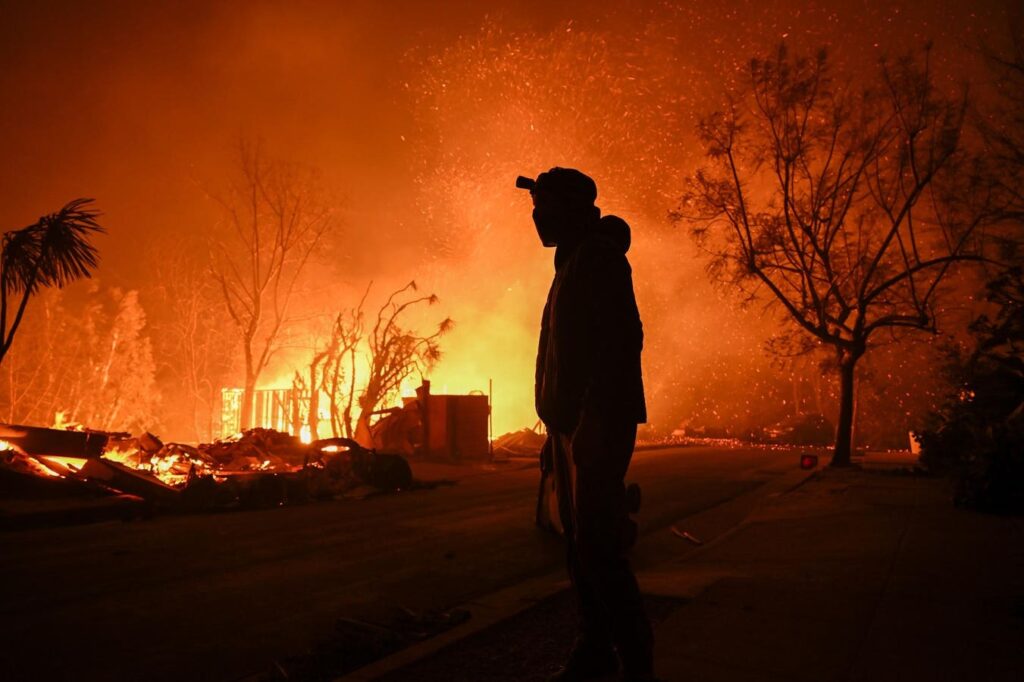
Protective Gear Poses Hidden Risks to Firefighters Battling LA Wildfires
As the City of Angels grapples with its latest wave of devastating wildfires, firefighters on the front lines are facing a new and alarming threat: hidden dangers in their very own protective gear. A recent study by the National Institute of Standards and Technology (NIST) has uncovered the shocking presence of per- and polyfluoroalkyl substances (PFAS) in crucial equipment, putting firefighter health at risk.
The NIST investigation discovered PFAS contamination in a range of critical gear, including gloves, hoods, and wildland attire. These “forever chemicals” have been linked to severe health issues such as cancer, liver damage, and hormonal disruptions. The revelation raises profound concerns that firefighters may be exposing themselves to these toxins not only in their work environment but also through the very equipment designed to protect them.
As Los Angeles battles yet another catastrophic blaze, the risks posed by PFAS exposure are layered onto the already daunting health challenges faced by these brave individuals. According to the National Firefighter Registry, firefighters are afflicted with elevated rates of several cancers, including bladder and thyroid cancer, due to occupational hazards. The introduction of PFAS contamination in protective gear adds a fresh layer of danger to an already perilous profession.
The imperative for systemic change is clear: fire departments, policymakers, and manufacturers must unite to rectify this issue. Immediate measures include funding research into the development of PFAS-free materials, monitoring PFAS levels in gear, and implementing stricter regulations to restrict the use of harmful chemicals in manufacturing. Manufacturers, in turn, should explore alternative solutions that maintain the essential protective qualities firefighters require without compromising their well-being.
Furthermore, health monitoring for firefighters assumes paramount importance. Regular screenings can facilitate early detection of illnesses linked to PFAS exposure, allowing timely treatment and intervention. Moreover, fire departments must prioritize mental health resources, as the cumulative stress of physical and chemical risks can exact a profound psychological toll on these courageous individuals.
As our city’s wildfire crisis worsens in the face of climate change, it is imperative that we acknowledge and address this critical issue. Firefighters are our community protectors, operating under unimaginable conditions to safeguard lives and property. It is our responsibility to ensure their safety and well-being by removing harmful chemicals from their gear, allowing them to focus on their mission without undue risks to their health.
Monica Sanders is a contributing writer for Forbes.
Source: www.forbes.com


